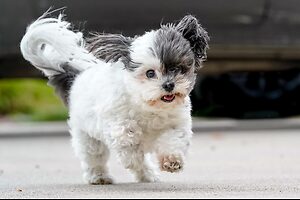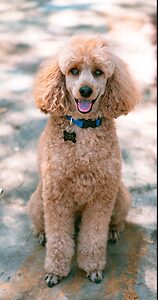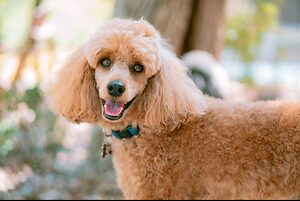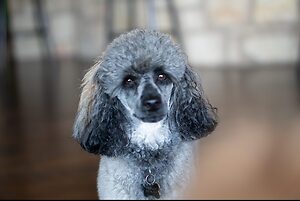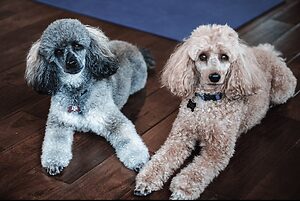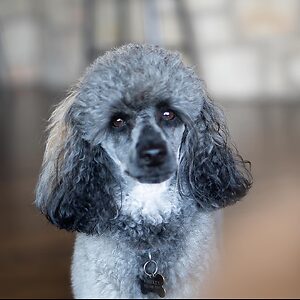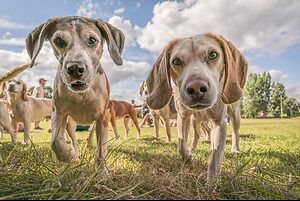Pro Member
- Followers
- 0
- Following
- 0
- Joined
- Aug 19, 2020
- Posts
- 27
- Likes Received
- 8
- Trophy Points
- 0
I'd love to see your dog photographs, and to hear what your tips are for getting great action images, so if you post a picture, please can you also say what your settings are, what lens you used and give an idea of how much post production you have done on the image. 

